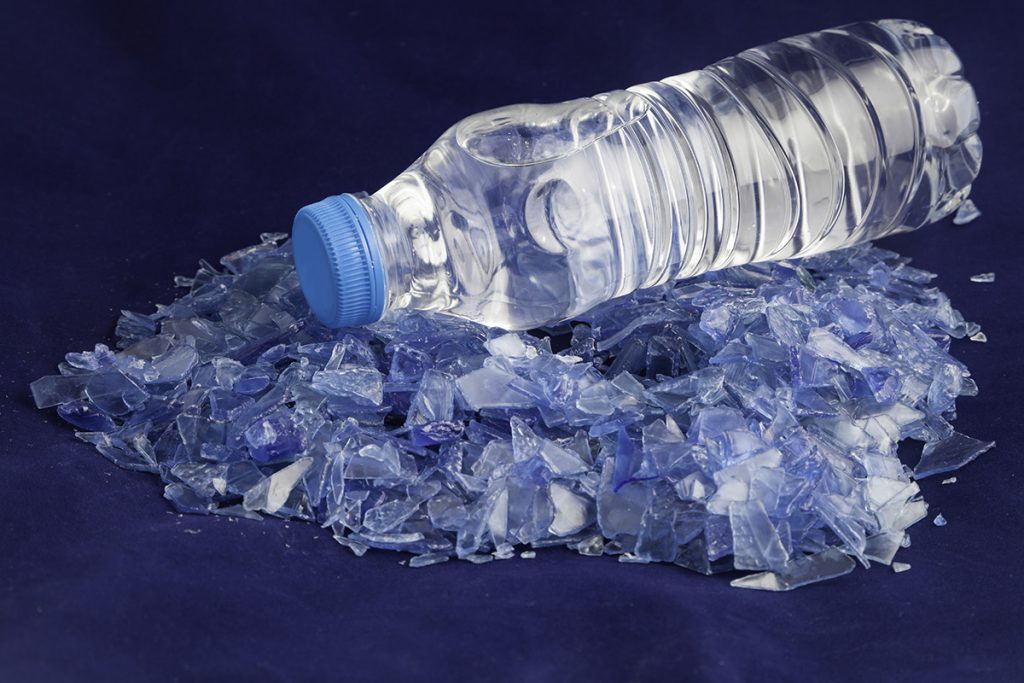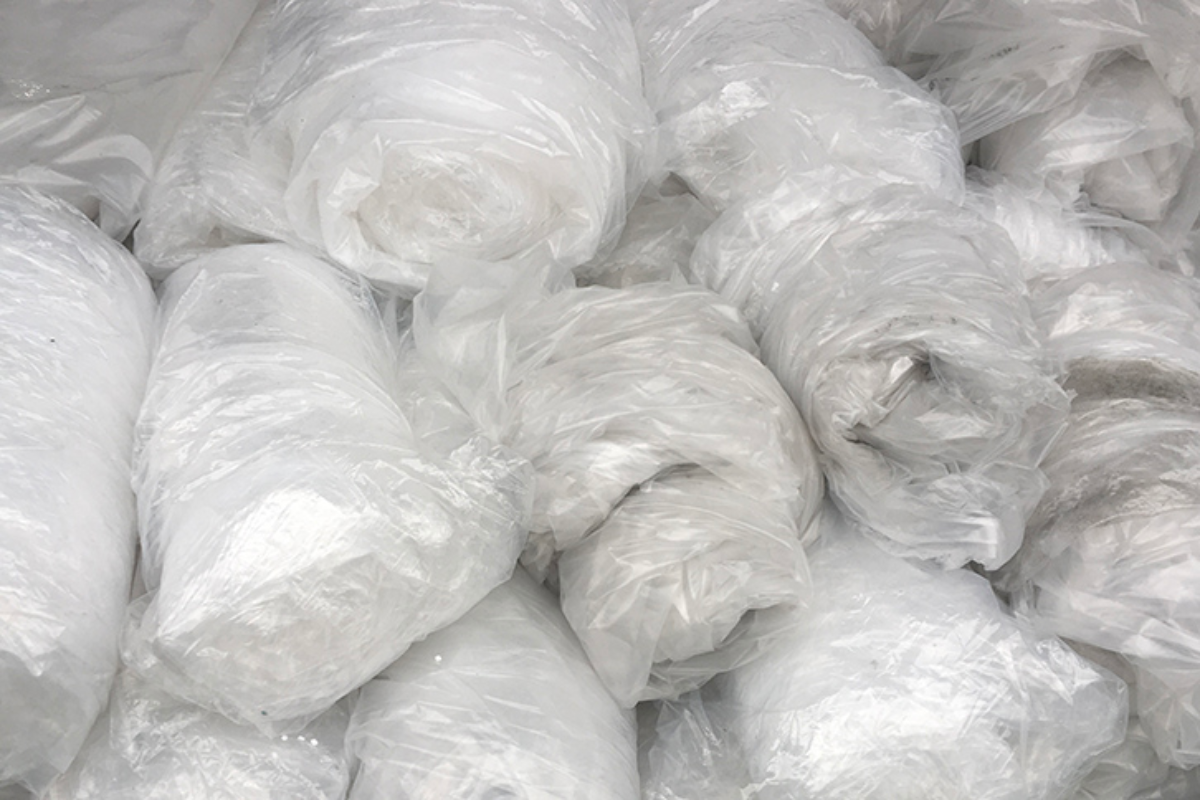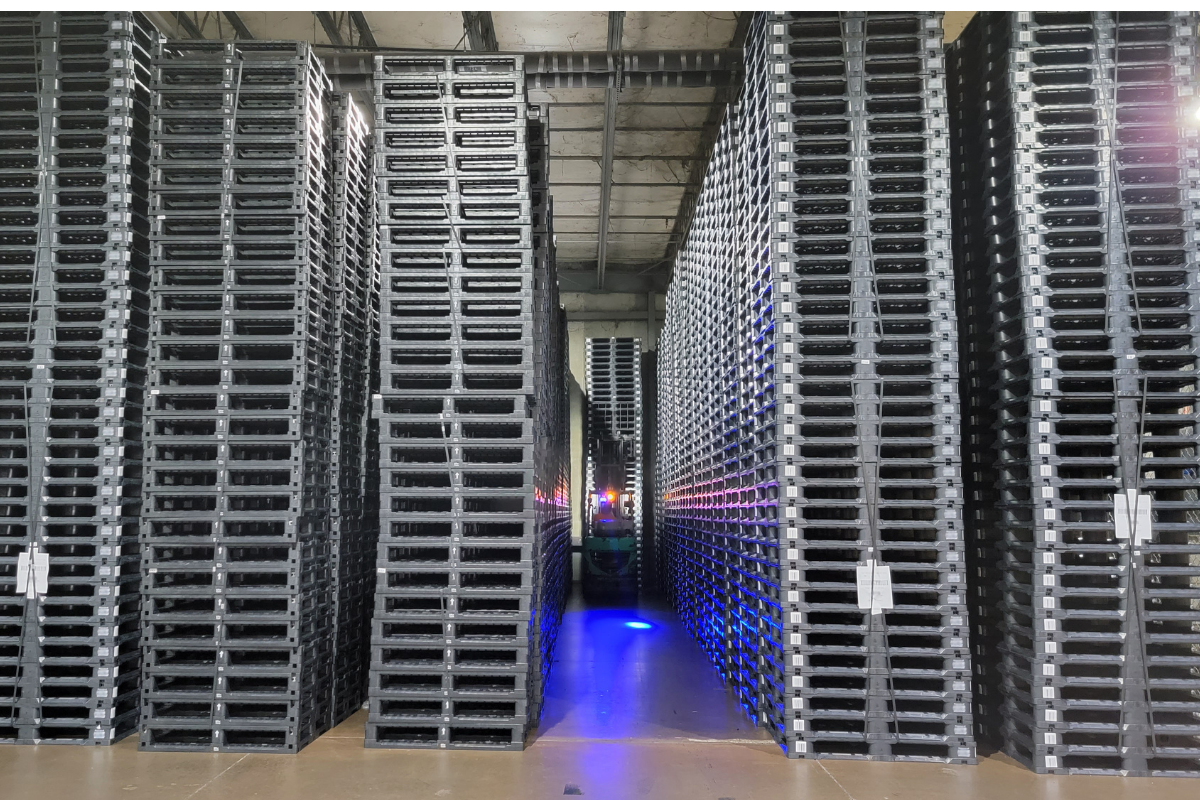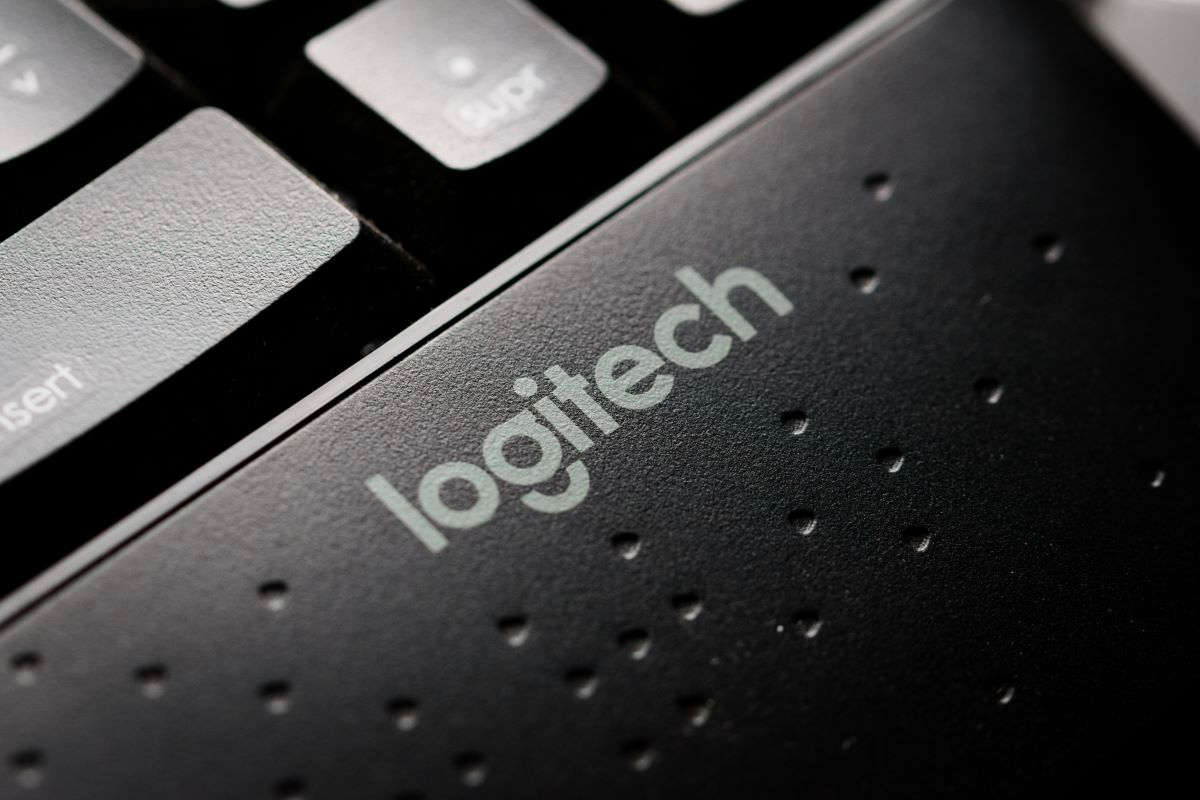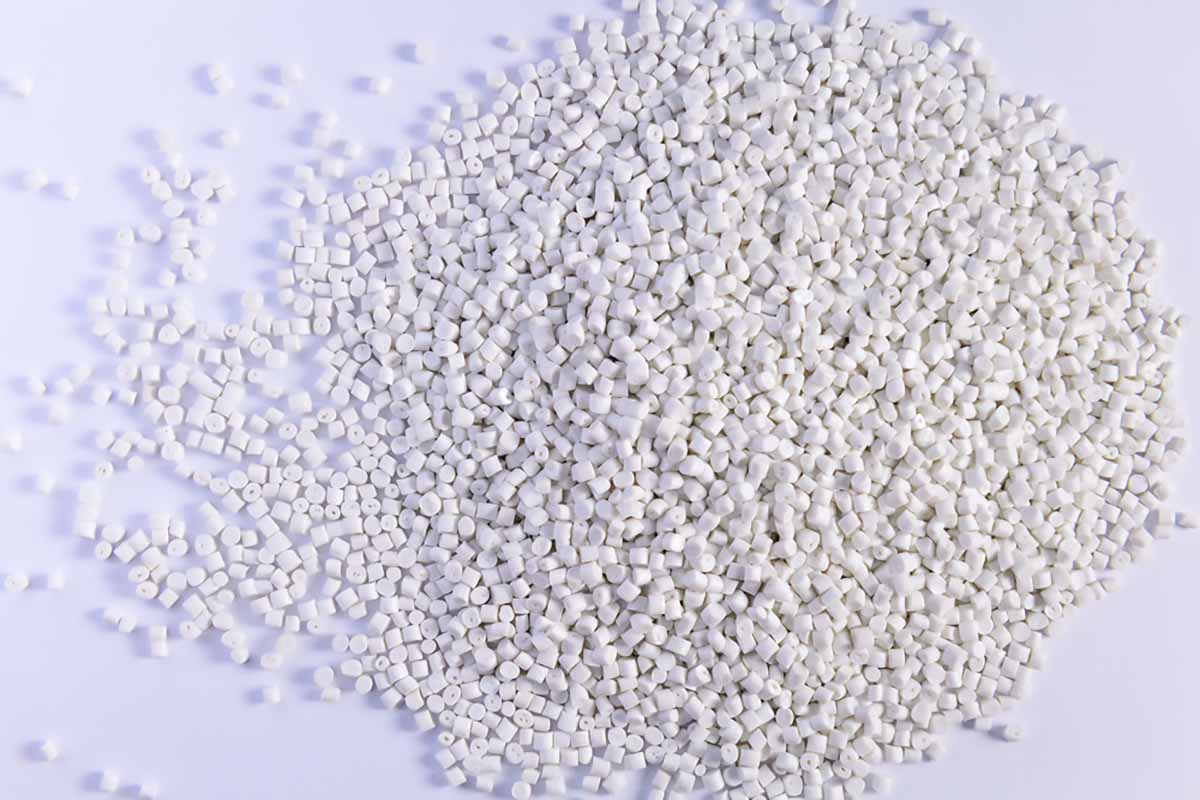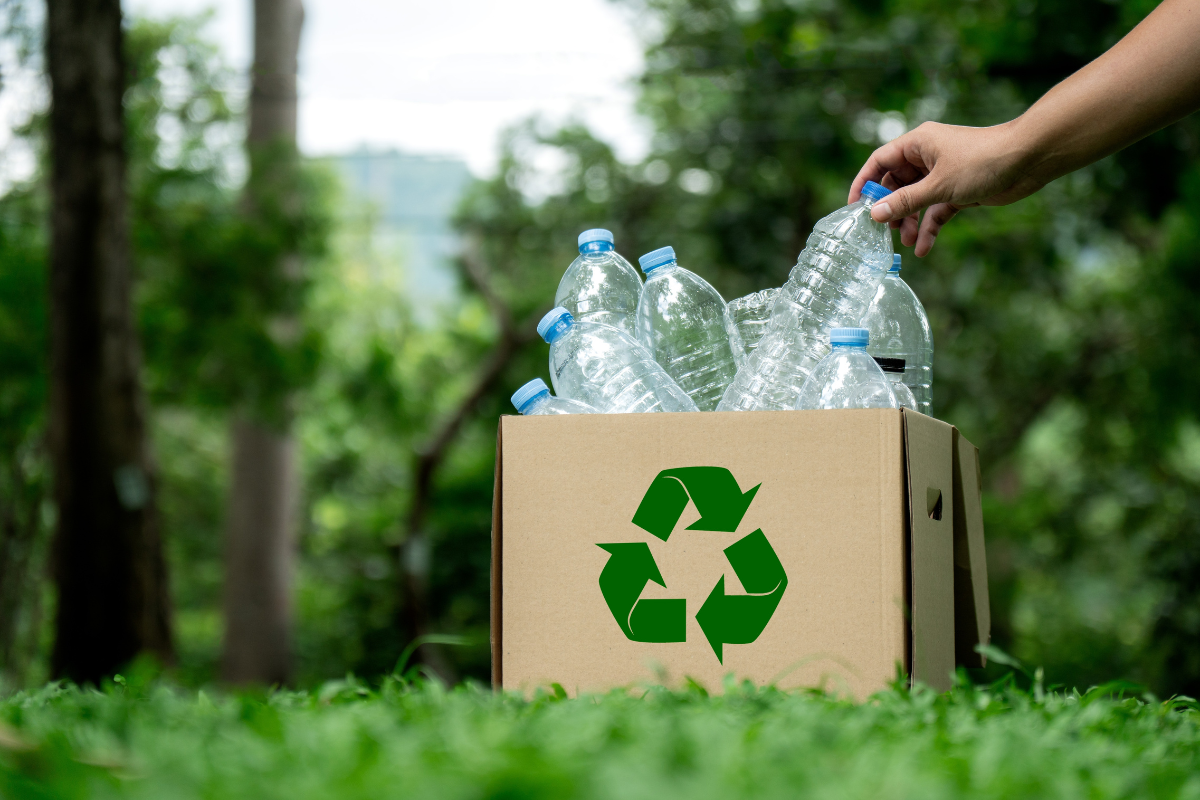
For the first nine months of 2024, recovered plastic exports remained steady year over year, marking a change from multiple years of annual declines in export volume. | Qingqing/Shutterstock
For the first nine months of 2024, recovered plastic exports remained steady year over year, marking a change from multiple years of annual declines in export volume. Continue Reading


 Colin Staub was a reporter and associate editor at Resource Recycling until August 2025.
Colin Staub was a reporter and associate editor at Resource Recycling until August 2025.

